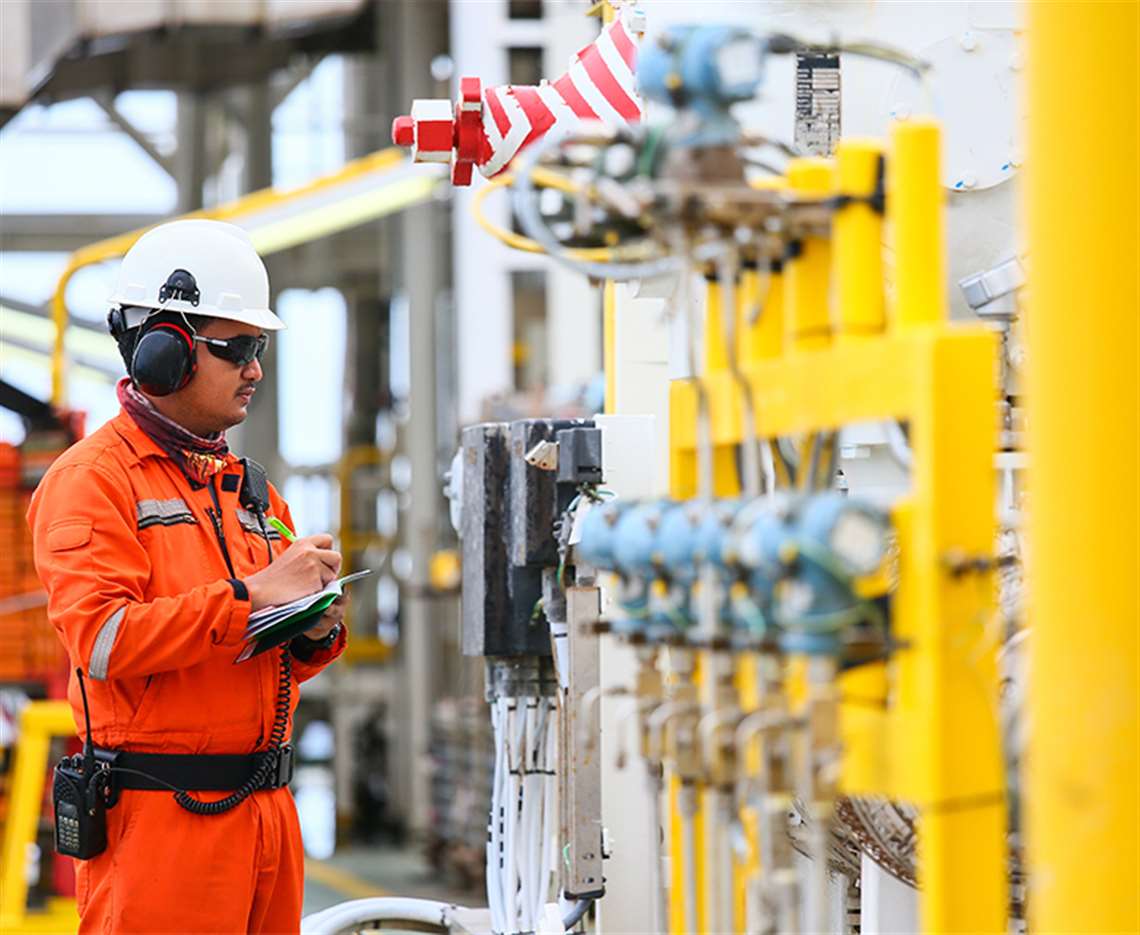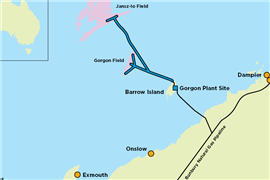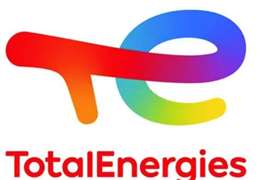Stay Safe In The Oil & Gas Industry With PEC Training
April 07, 2021
Joe Avila currently serves as chairman of the Gas Compressor Association’s Health & Safety Committee andgives presentations on safety for the organization. He is also president of NTEPS, the North Texas chapter of the National STEPS Network. He holds numerous certifications, including being one of only a handful of certified H2S Master Trainers in the oil and gas industry, and is a two-time recipient of the GCA Significant Achievement Award.

Avila says the following safety problems are some of the most common within the industry:
- Surface hazards that pose slips, trips and falls
- Lack of adequate lighting
- Lack of safe, clear access around a site and to machines
- Noise
“The first thing anyone should consider [when it comes to safety,] is the importance of identifying the hazards, and staying focused on avoiding them,” Avila says.
PEC Training Courses
The first step toward identifying hazards is the ability to do so, which students can learn when taking PEC training courses.
PEC training is designed to give students a general idea of safety issues in the oil and gas industry, upstream, downstream, onshore and offshore. Upon completion, students will have gained a basic understanding of certain general safety information that an employee should know before entering a facility or performing the work at hand.
They are issued a picture ID with a unique barcode and their information is then stored in an online database. This orientation has become the standard program for the industry and certifies a student at an awareness level for the following course topics and below are the course objectives.
What does basic PEC training cover?
- Alcohol and Substance Abuse Awareness
- Back Safety
- Confined Space
- Defensive Driving
- Electrical Safety
- Emergency Response
- Fall Protection
- Lockout/Tagout
- Medical Records
- Offshore Safety
- Offshore Transportation
- Personal Protective Equipment
- Fire Protection
- Forklift Safety
- Hazard Communication (Including GHS)
- Hazmat (HM 126)
- Hazwoper
- Hearing conservation
- Hydrogen Sulfide (H2S)
- Process Safety Management
- Respiratory Protection
- Rigging
- Safety and Environmental Management Systems (SEMS II)
- Terrorism Response Awareness Program (TRAP)
By completing PEC training, those entering the oil and gas industry will have the right tools in place to identify hazards, like Avila mentioned above. By identifying hazards, and eliminating them, employees are much more likely to go home safe at the end of their shift.
Easybook Training offers in person/classroom and online instructor led PEC courses. Take a look and book your PEC course today to be better prepared for tomorrow.
MAGAZINE
NEWSLETTER

CONNECT WITH THE TEAM








